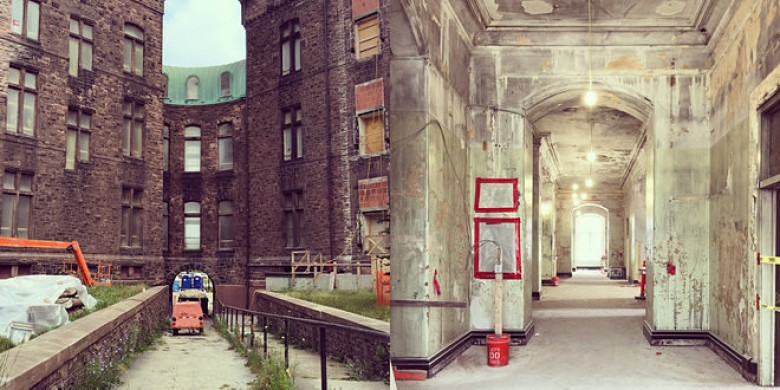A fascinating look at how urban and architectural renewal can help bring legacy cities back, using Buffalo as an excellent living example of this process.
“I don't mean the Bilbao effect, where a single extraordinary building designed by an out-of-town architect suddenly makes a city present to the wider world. Imagine the opposite of that, where a city's existing landmarks and infrastructure, built over preceding decades (sometimes by the Frank Gehrys of their day) are maintained, upgraded, restored, and repurposed for the 21st century. Where the grain elevators captured in their grace and precision by Charles Sheeler, once thought of locally as eyesores, become havens for extreme sports and small-batch beer. Where a psychiatric hospital, once an experiment in humane treatment, reopens as a hotel, a farm-to-table restaurant situated on the ruins of the hospital's therapeutic conservatory. Where renewal can be visualized by asking What Would Olmsted Do? It's too soon to declare the recovery complete, but all of these things are currently happening in Buffalo, New York.”
Lange sites tax credits for rehabbing National Register properties as being a decisive factor in the rebirth of Buffalo's downtown. She takes readers on an “archi-tour” and recommends we all do this.
After an insightful look at everything from Kleinhans to the Central Terminal to the Shoreline Apartments, Lange states: “the challenge for the next decade is spreading those historic tax credits further afield. Buffalo should keep restoring attractions, like the Olmsted parks and parkways, that are free for all, to link the prosperous and the up-and-coming as they were intended to do. Listening to its legacy gives Buffalo a different kind of architectural ambition than it had as America's eighth largest city, but it is no less worthy of admiration.”
She answers the question posed: Can architecture bring a city back? with a qualified yes.
Read A Buffalo Case Study: Can Architecture Bring a City Back? by Alexandra Lange in Curbed.

